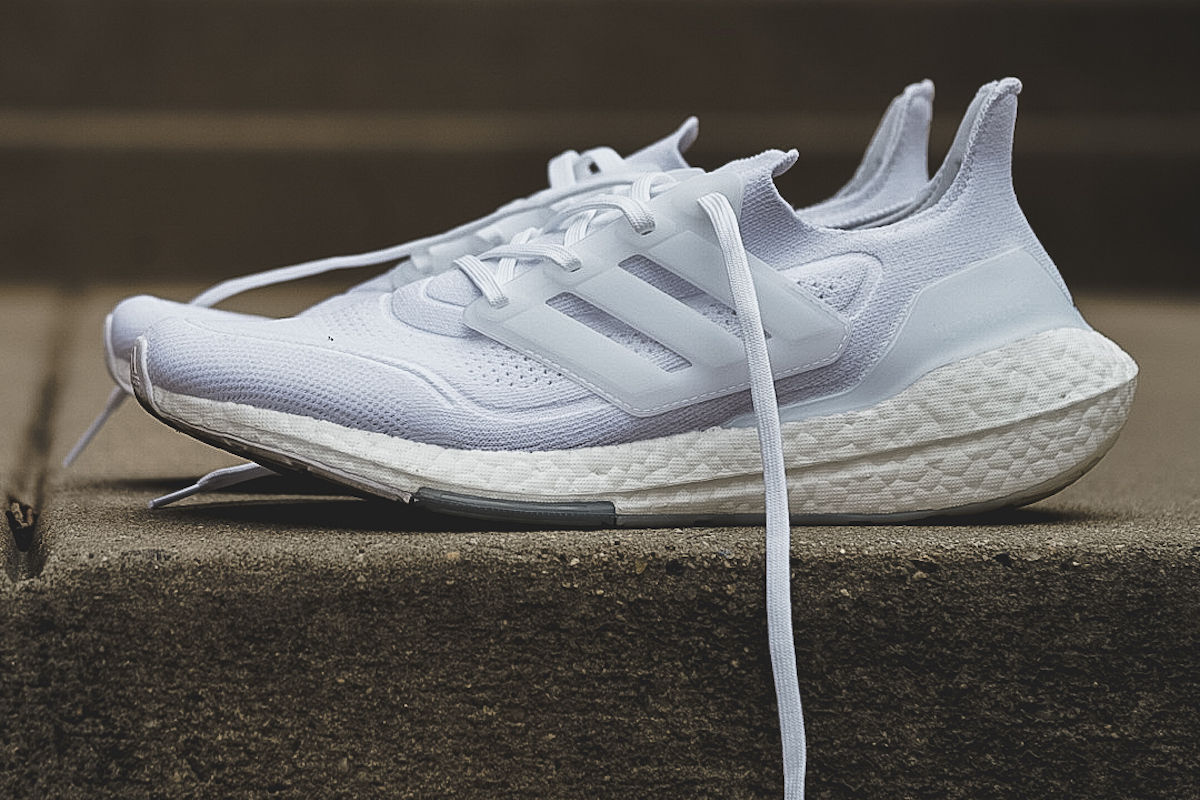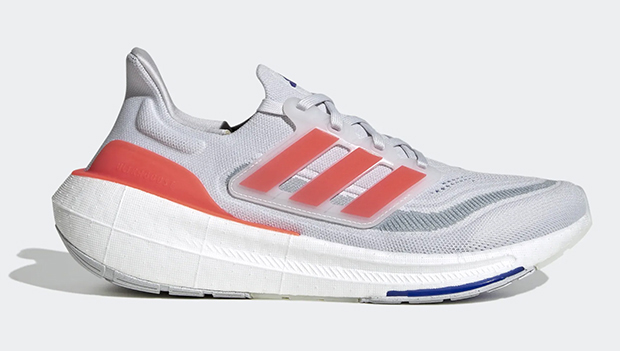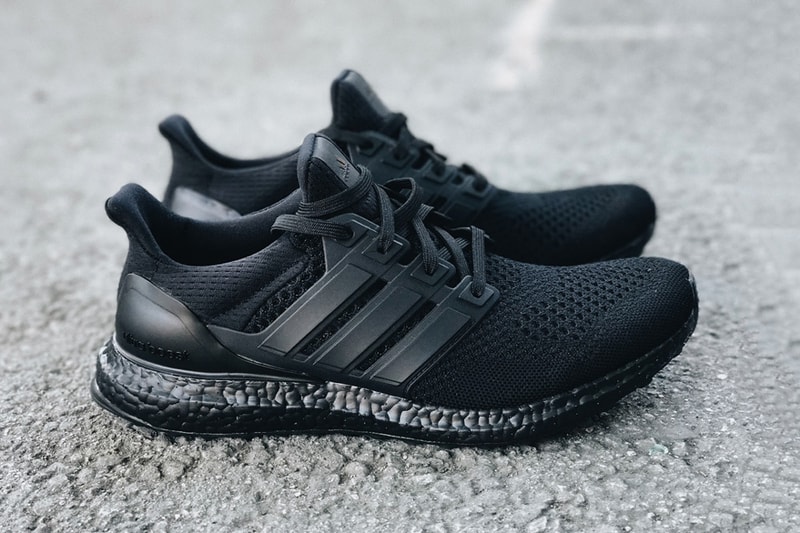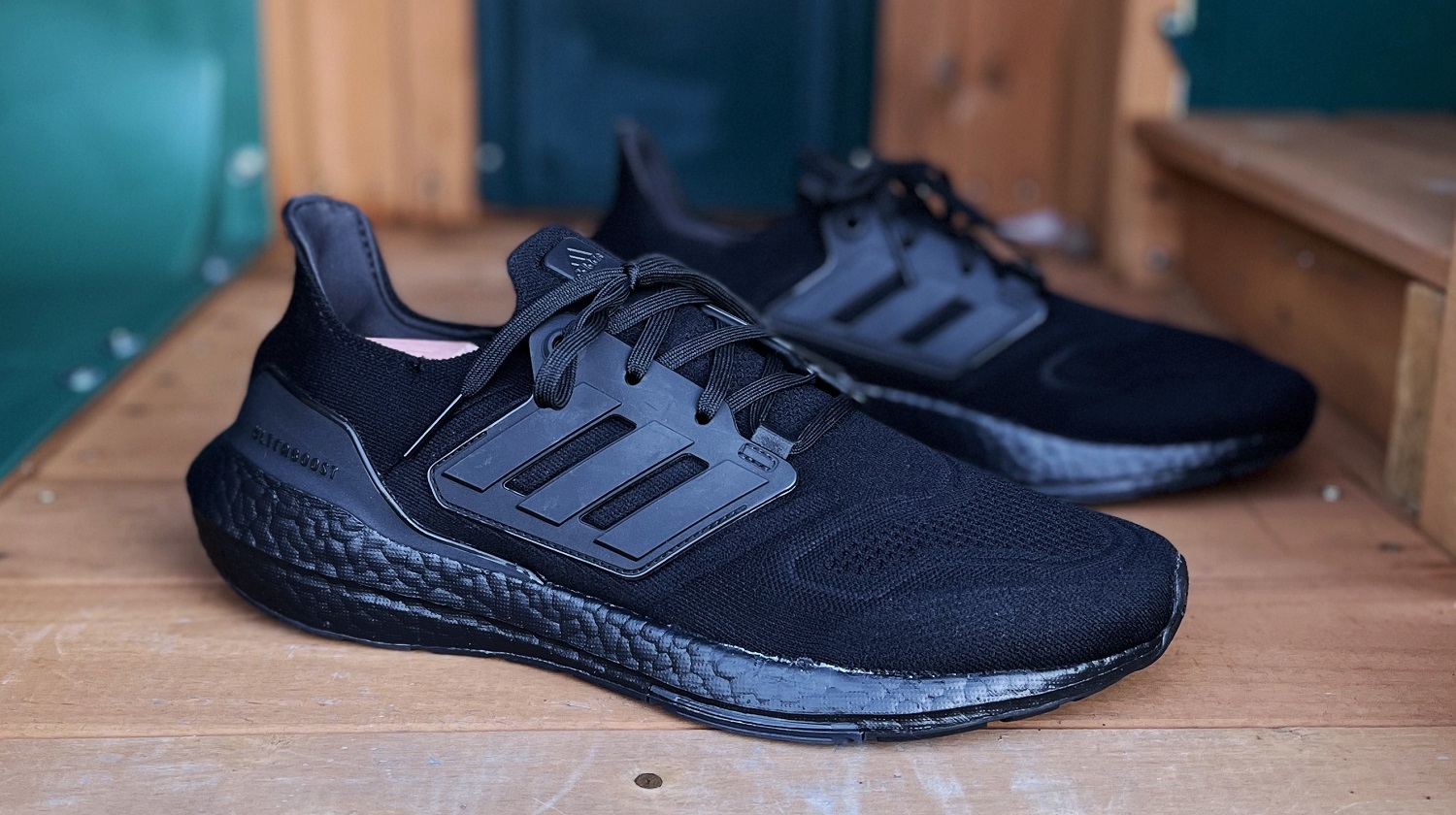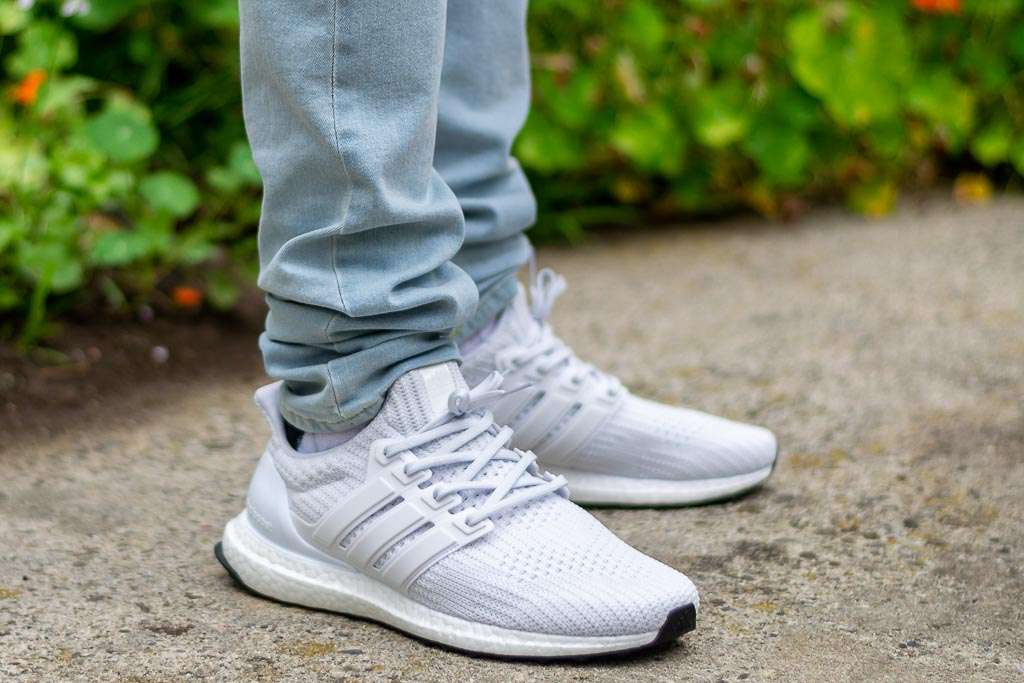Are Ultraboosts Good For Standing All Day

Imagine this: You're halfway through a ten-hour shift, your feet are throbbing, and every step feels like a tiny hammer blow. The once-comfortable shoes you slipped on this morning now feel like medieval torture devices. If you’re a nurse, a teacher, a retail worker, or anyone who spends long hours on their feet, you know this pain all too well. The quest for the perfect shoe – one that can actually make standing all day bearable – is a constant pursuit.
The burning question for anyone facing those long hours is: Are Ultraboosts good for standing all day? The short answer is: they can be, but it's not quite that simple. This article delves into the science behind Ultraboosts, explores their strengths and weaknesses for prolonged standing, and provides insights to help you decide if they're the right choice for your aching feet.
The Ultraboost Phenomenon: A Cushioning Revolution
Ultraboosts burst onto the scene in 2015, quickly becoming a cultural icon. Their popularity stemmed from their revolutionary Boost technology, comprised of thousands of expanded Thermoplastic Polyurethane (eTPU) particles. This unique construction promised a springy, responsive feel and exceptional energy return, attracting runners and sneaker enthusiasts alike.
Adidas claimed that Boost offered superior cushioning compared to traditional EVA foam, the standard material in most running shoes. This claim was backed by testing and positive user feedback, solidifying Ultraboosts' reputation for comfort.
The Good: Comfort and Energy Return
For individuals spending extended periods on their feet, the cushioning of Ultraboosts can be a significant advantage. The Boost midsole absorbs impact, reducing the stress on joints and muscles. This can translate to less fatigue and discomfort throughout the day.
The energy return provided by the Boost technology also helps propel you forward, making each step feel a little easier. This can be particularly beneficial for those who are constantly moving and need a shoe that won’t weigh them down.
Furthermore, the knit upper of many Ultraboost models provides a sock-like fit that conforms to the foot. This minimizes friction and reduces the risk of blisters, a common problem for those who stand for long durations.
The Not-So-Good: Stability and Support
However, the very feature that makes Ultraboosts so comfortable – the soft, bouncy Boost midsole – can also be a drawback for all-day standing. The lack of firm support can lead to pronation (inward rolling of the foot) and instability, especially for individuals with flat feet or overpronation.
According to podiatrists, prolonged pronation can contribute to various foot problems, including plantar fasciitis, arch pain, and ankle strain. Therefore, if you require substantial arch support, Ultraboosts might not be the best choice without additional orthotics.
Also, the knit upper, while comfortable, doesn't offer the same level of structure and stability as more traditional shoe materials. This can be a concern for individuals who need extra support to prevent their feet from shifting within the shoe.
Making the Right Choice: Considerations and Alternatives
Ultimately, whether Ultraboosts are suitable for standing all day depends on individual needs and foot type. If you have neutral arches and don't require significant support, they can be a comfortable option.
However, if you have flat feet, overpronation, or require more stability, consider adding supportive insoles or exploring alternative shoe options. Shoes with firmer midsoles and more structured uppers, such as those from brands like Brooks or New Balance, may be more appropriate.
It's also important to note that individual experiences can vary. What works well for one person may not work for another. Trying on different shoe models and consulting with a podiatrist can help you find the perfect fit for your specific needs.
Consider factors such as weight, gait, and the specific demands of your job when making your decision.
The Takeaway: Comfort with Caveats
Ultraboosts offer exceptional cushioning and energy return, making them a potentially comfortable option for standing all day. However, their lack of firm support may not be suitable for everyone. Before committing, assess your individual needs, consider adding orthotics if necessary, and explore alternative options to ensure you choose the best shoe to keep your feet happy and healthy throughout those long hours.
Remember, taking care of your feet is crucial for overall well-being. Choosing the right footwear is an investment in your comfort and long-term health.

